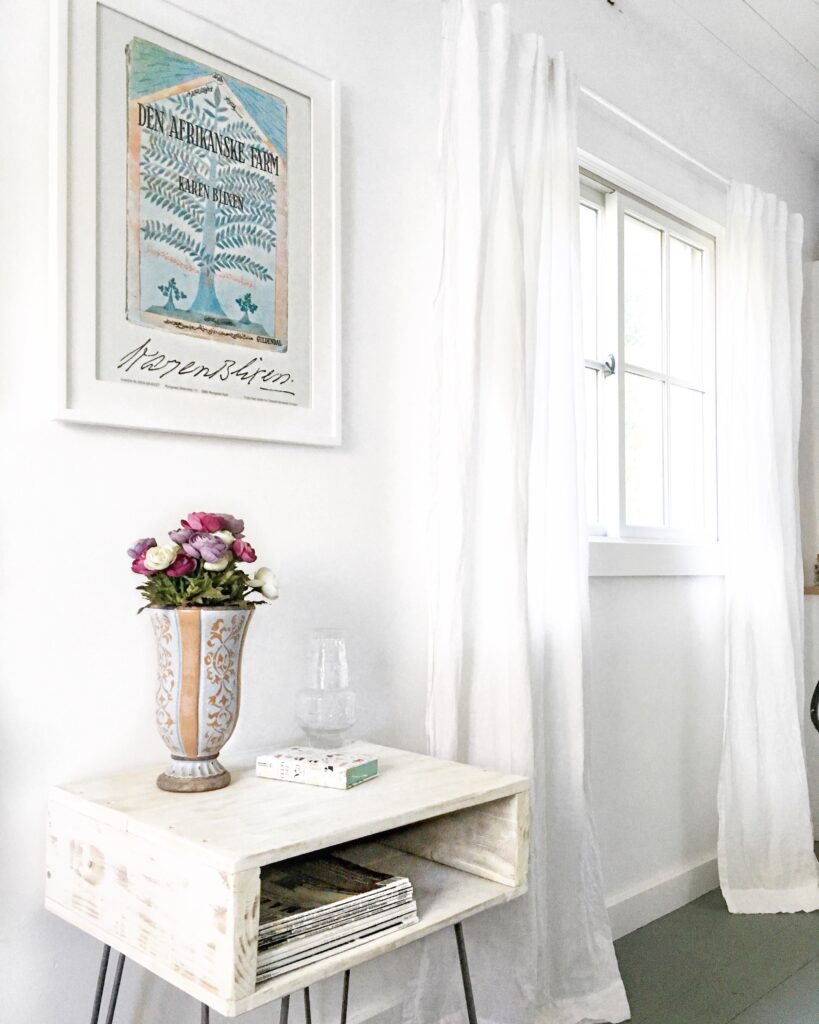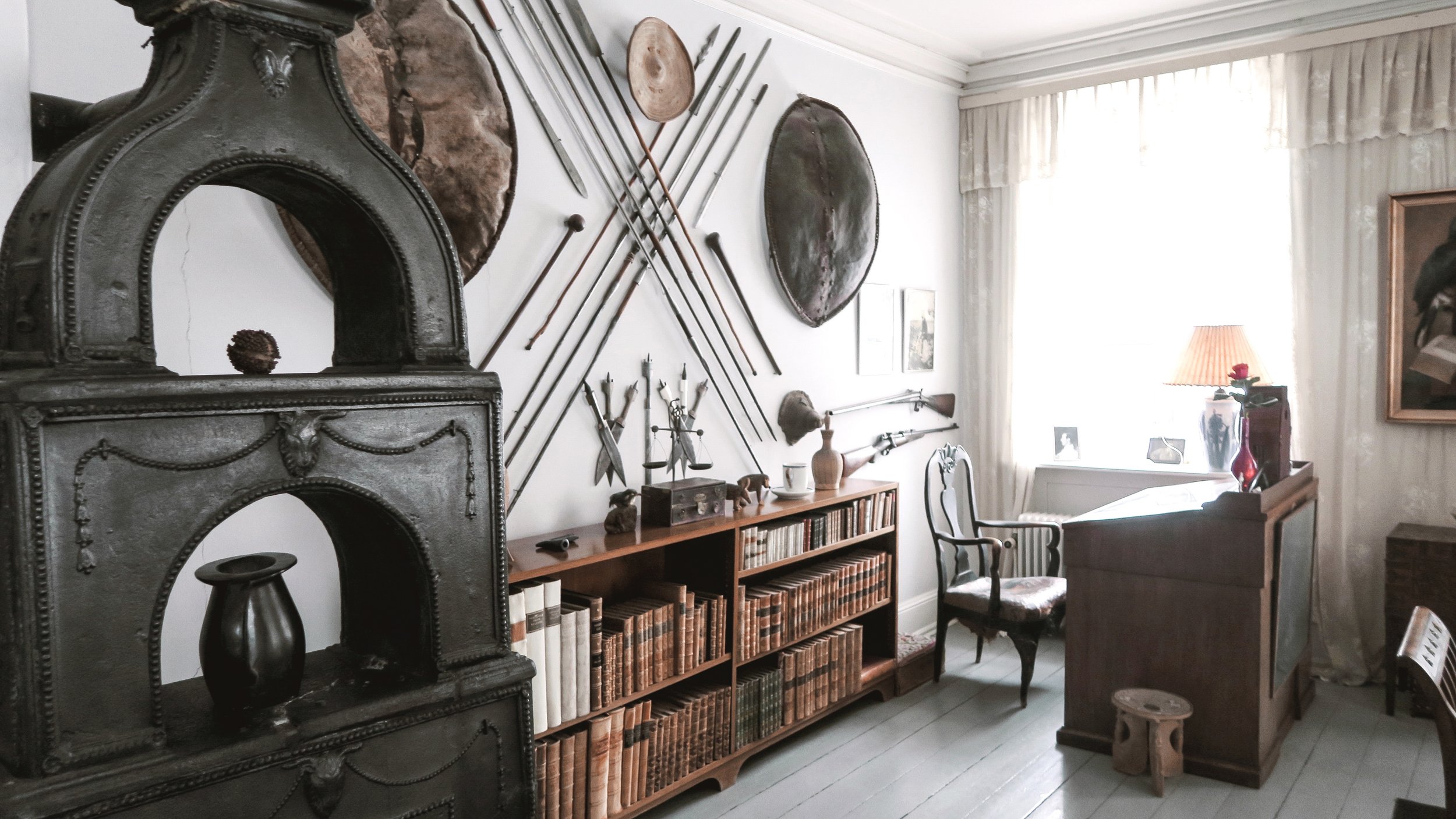“Difficult times have helped me to understand better than before how infinitely rich and beautiful life is in every way, and that so many things that one goes worrying about are of no importance whatsoever.”― Karen Blixen
For Karen Blixen being such an iconic Dane, I confess to discovering her late (for a Dane) at age 11 and not through her famous book, Out of Africa, but by the movie of the same nam. I also confess to not fully understanding her story until many years later when I began in earnest to understand great creatives in Danish history.
One of the reasons I’ve come to hold a special place in my heart for Karen is her twisty, winding life path that started with a charmed childhood spent in a loving family that spent time outdoors and travelling. But that changed just before her 10th birthday when her father committed suicide. Her teen years were a mix of travel as she stayed with various family until she moved to Africa and married Baron Bror Blixen-Finecke, the twin brother of a man she loved but did not love her back. The marriage was a more formal business arrangement than one of love, and their partnership was in setting up a coffee farm in Kenya. Her husband was unfaithful to her, and her coffee farm was in an area where growth and harvesting were impossible.
While in Africa, she met Denys Finch Hatton, who became her real great love for about 5 years until his untimely death in a plane crash. Then, she found herself penniless, sick, and alone and decided to return to her home in Denmark, feeling broken and in a slight depression.

As a child, she hadn’t been encouraged to be creative, and she felt disconnected from who she was and who she wanted to be. As someone who was also a creative and imaginative child who felt they had to hide that part of themselves as they grew up, I could relate. Although she’d begun writing her first book, Seven Gothic Tales in Kenya, she didn’t begin writing in earnest until age 38 in her home in Denmark. She wrote in English and the pen name Isak Dinesen hoping she could sell the novel for more money, but initially had a hard time finding a publisher. However, once she did, the book found literary success, which gave her the ability at age 42 to write the autobiographical novel that would give her the most fame, Out of Africa.
In Out of Africa, she really encapsulates the feelings of both charm/wonder with despair. There are always good and bad things happening, but she never fully gives into one. Instead, the bad becomes the building blocks from which she lives and enjoys life. I think that is such a powerful message because it’s always so easy to think someone is born charmed or lucky instead of realising everyone has struggles. What’s different is how people deal with them.
So for years, I have wanted to visit the home of one of my heroes as it’s now a museum, but I just never had made it a priority until this trip. I was so glad I took the time to visit because I was inspired all over by her creativity, life, and home. I highly encourage a visit when you’re in Denmark as it’s easy to get there by car or train from Copenhagen. I recommend the train because it’s a very easy and lovely walk to her home with a path through the woods where she loved to walk and is now buried.

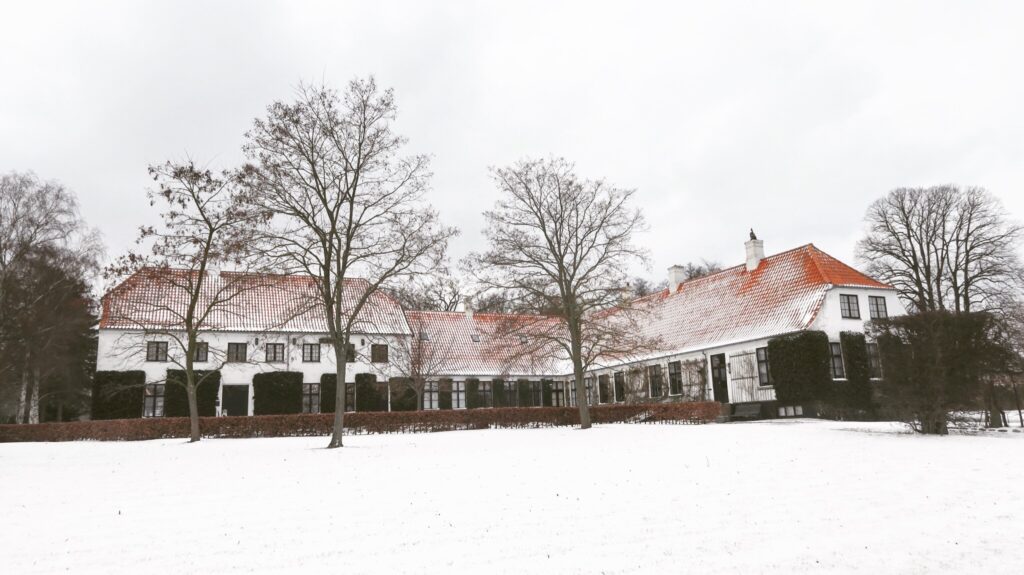
The museum says this about her home: “The rooms are almost exactly as Karen Blixen decorated and arranged them, giving a vivid impression of the writer’s day-to-day surroundings. Some of the furniture came from the farm in Africa, including Denys Finch Hatton’s favourite chair and the chest that Karen Blixen’s steward, Farah, gave her. A number of the old stoves in the rooms came from Danish manor houses once owned by Karen Blixen’s relatives.”
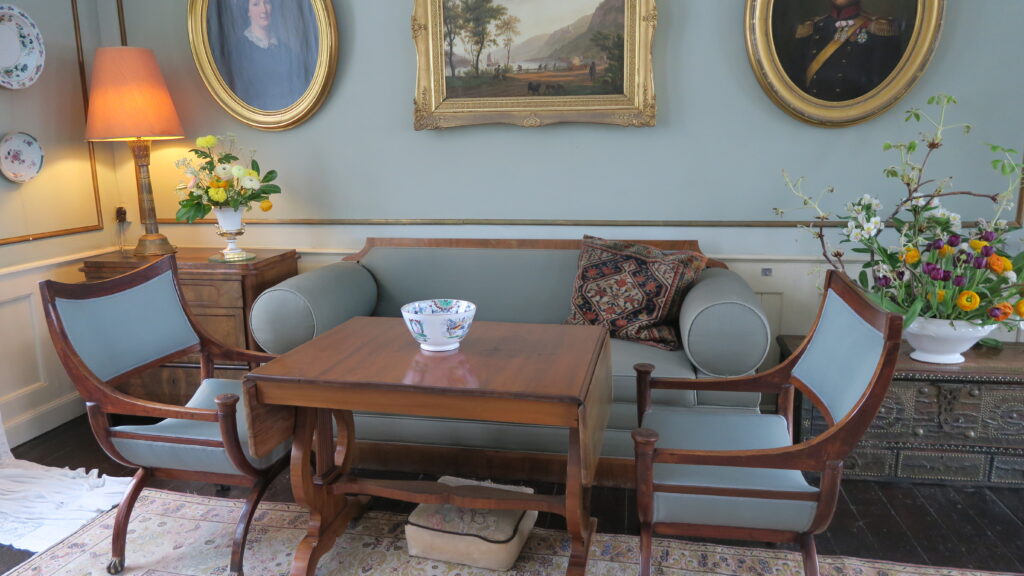
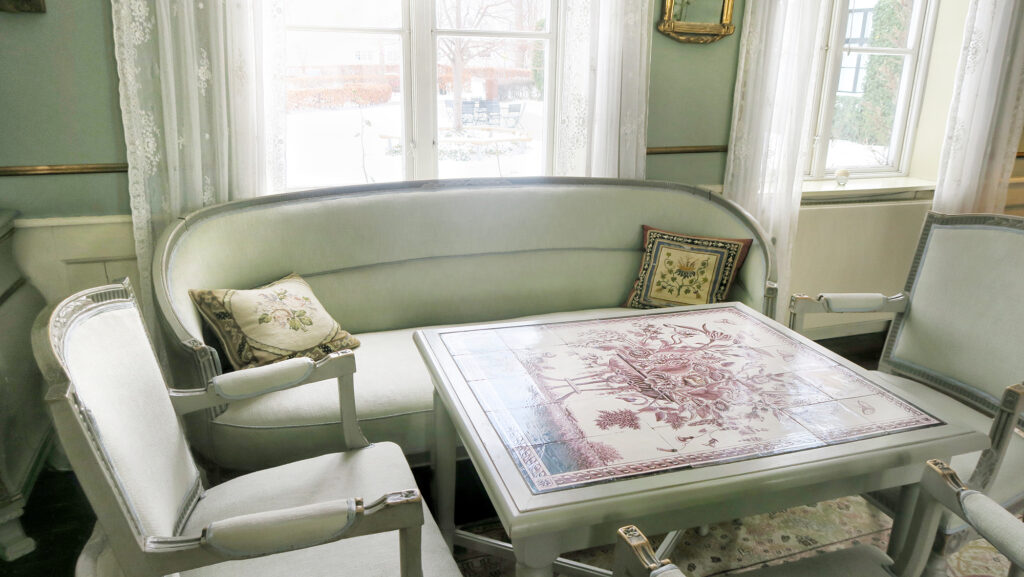
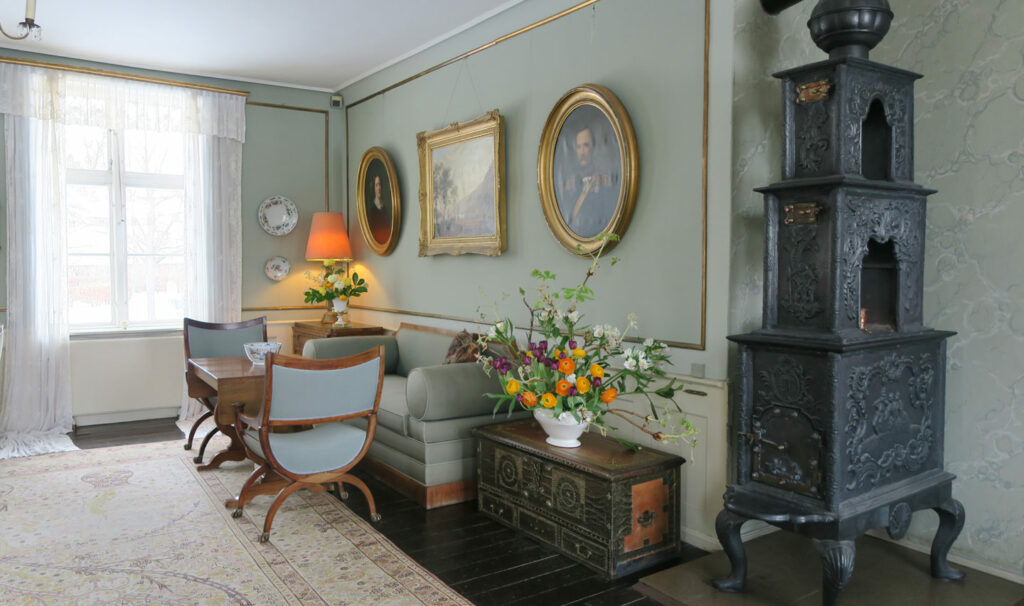

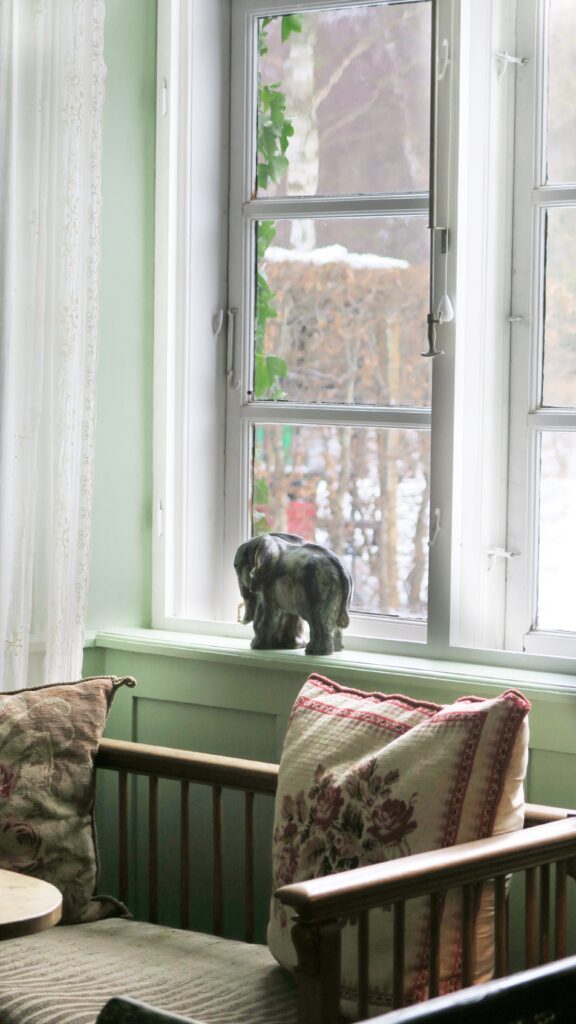
It feels like a very typical Danish home in a lot of ways; cosy, relaxed, with formal touches and lots of family or meaningful decor throughout. Rooms tell a story, individual pieces tell a story and whilst walking around you can feel those stories.
One of my favourite touches of the home were all the flowers throughout. Karen loved them, especially spring blooms in winter, and so the ladies that work in the museum keep up this tradition of beautiful flowers in every room. So even with the snow outside, there is a warmth and happiness of spring inside.
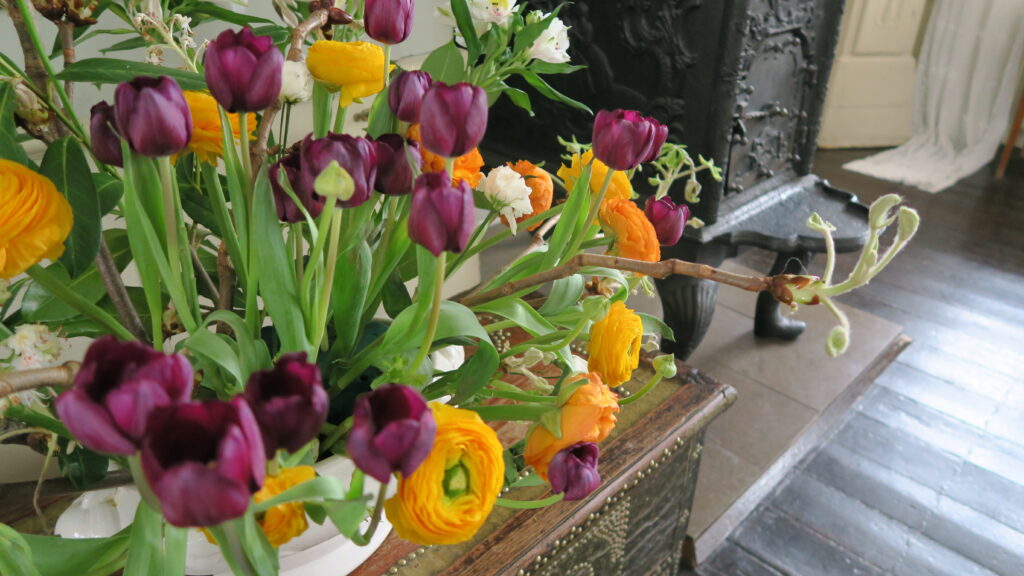
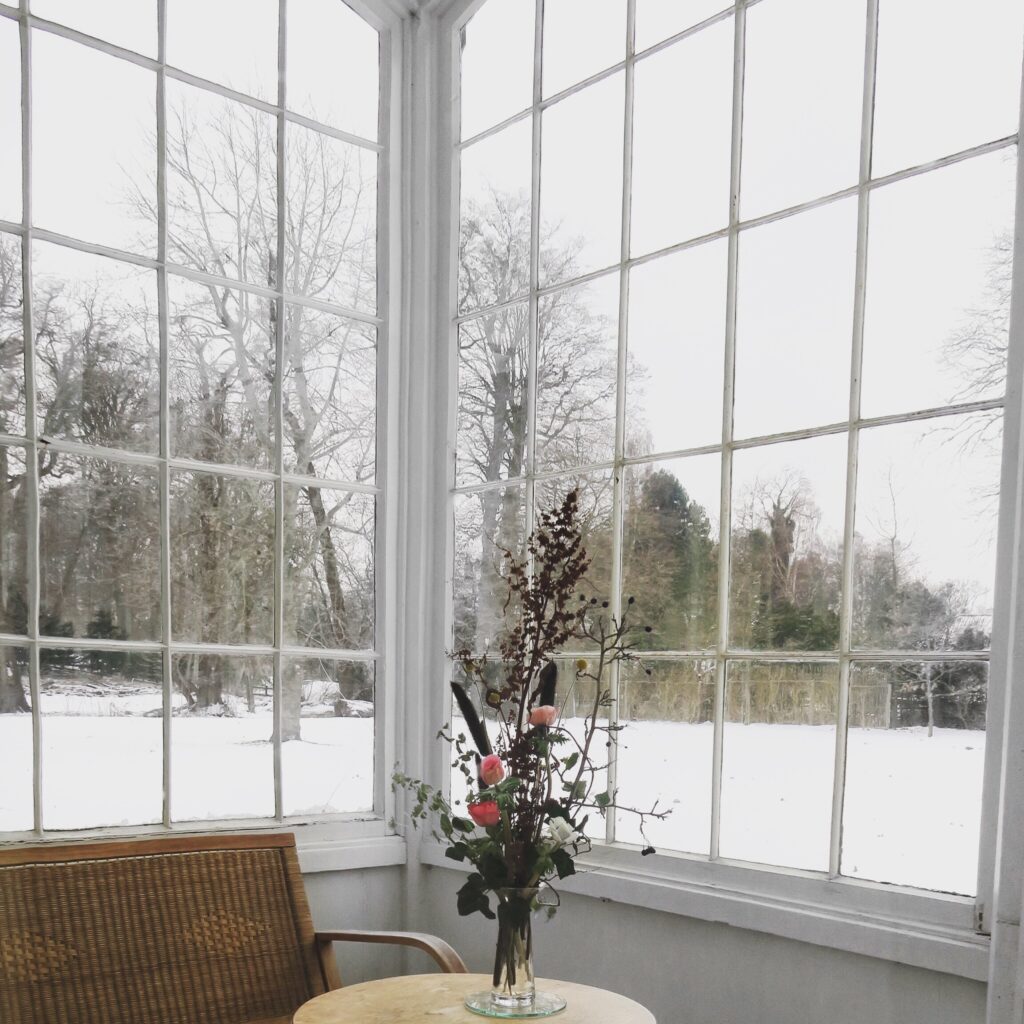
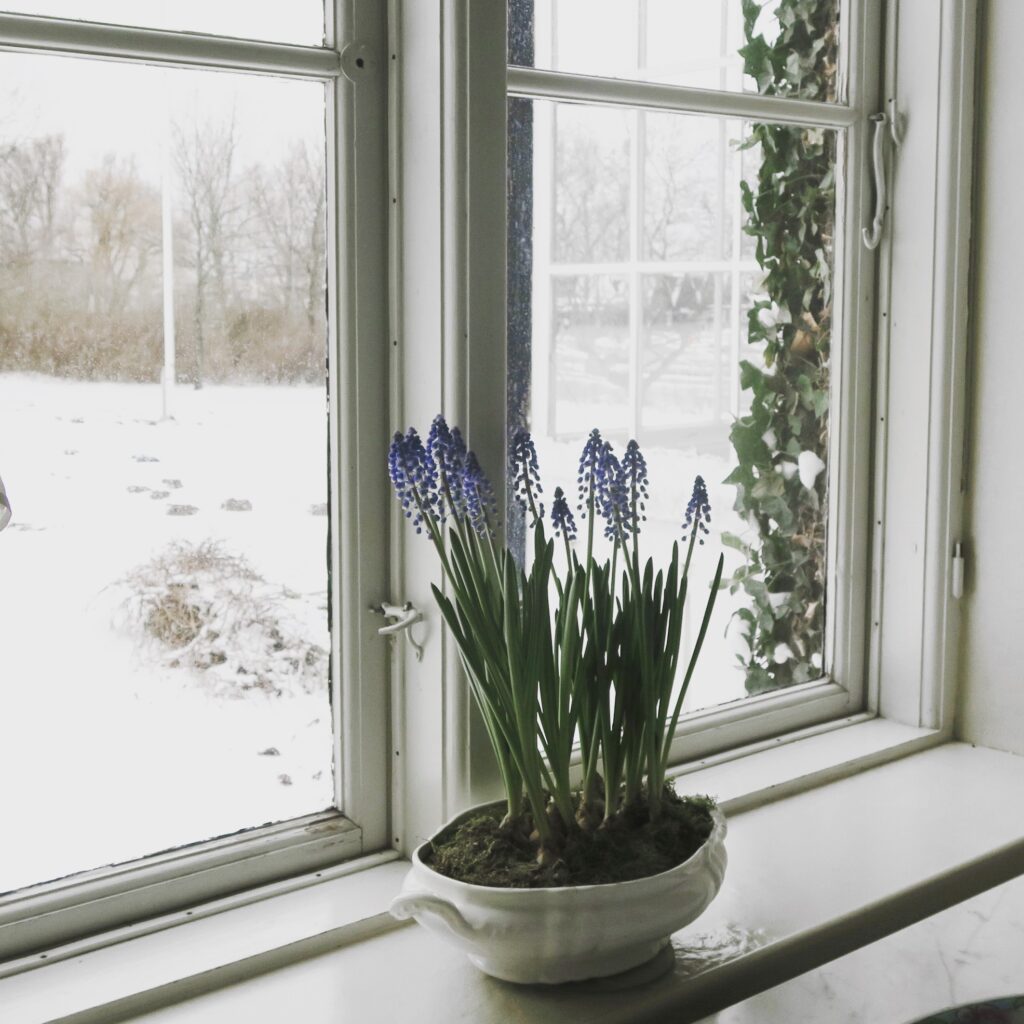
I’m generally not one to buy souviners unless I can use them in some way. And one of my favourites from any trip was this poster of the original Out of Africa book cover. It’s now one of my favourite things.

